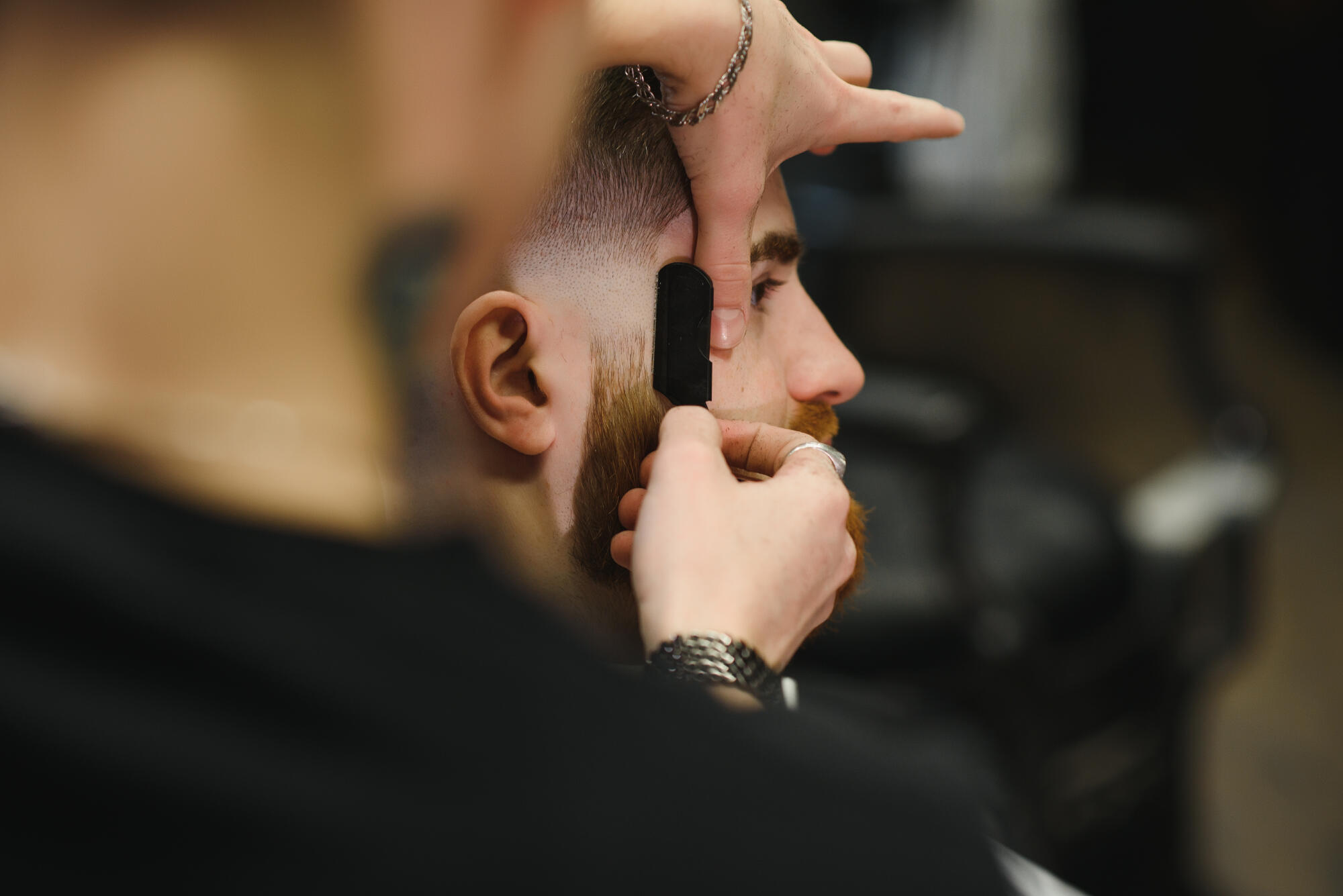From the ancient civilisations to the contemporary catwalks, the evolution of the hair wig is an incredible journey intertwining with fashion, culture, and individual expression.
For centuries wigs have been worn, yet it is perhaps the modern era that is the most fascinating having seen a revolutionary transformation into mainstream culture once again.
Ancient Roots
Both the Egyptians and the Greeks wore headpieces for various purposes. In Egypt, wigs were symbols of status and beauty in addition to protecting their wearers from the harsh overhead sun. The Greeks, on the other hand, had more theatrical uses for the wigs, being worn, as an essential wardrobe component for stage performances and allowing actors to switch from character to character.
The Elegance of Renaissance
A resurgence of wigs arose during the Renaissance. Popular, particularly among European nobility, wigs once again became a symbol of wealth and social standing. Intricate wigs adorned with jewels and ribbons were commonplace in major metropolitan cities. Before the discovery of penicillin wigs were also worn to disguise hair loss common to sufferers of late-stage syphilis. You can see reflections of this style in Australian wigs that are available from leading suppliers.
18th Century Extravagance
Perhaps the zenith of wig culture arrived in the 18th century. The size of wigs increased, they became more elaborate and powders were heavily applied to create a distinctive white or pastel hue. In France, the court of Lois XIV became synonymous with towering aristocratic wigs. These extravagant styles have been immortalized in art and literature, creating an enduring impression as the wig as a symbol of wealth and sophistication.
The Decline and Resurgence
As the 18th Century gave way to the 19th Century wigs slipped out of favour, to be replaced, for the most part with natural hairstyles. The French Revolution played a significant role in the decline of the wig culture, as symbols of wealth and power became identified with symbols of oppression. However, wigs experienced a resurgence in the 20th century. European, American, and became popular once again. Wigs were now being crafted from synthetic materials. This innovation allowed for greater affordability and accessibility making wigs a popular choice for those seeking versatile hairstyling options. Show business played a pivotal role in the acceptance of wigs with Hollywood stars donning wigs in iconic roles. Wigs are versatile, not everybody wants to commit to a total hair dye.
Contemporary Trends
Moving into the 21st Century, fashion wigs, have become an integral part of the style landscape with celebrities and influencers frequently experimenting with different looks with committing to permanent image change. Modern wigs are made with synthetic fibres or high-quality real human hair. Modern wigs are made to look as life-like as possible and are available in a range of textures, colours, and styles. From long flowing locks to short and edgy cuts. Modern fashion wigs come in a range of colours too, from lime green cyberpunk, to brilliant pinks, and blue. This allows the wearer to experiment with extreme styles without chemically altering their natural hair.
Conclusion
The history of wigs reflects a dynamic interplay between style, cultural shifts, historical movements, and fashion trends. As we continue to embrace the diversity and versatility of creative hair design wigs will no doubt endure and evolve even further.










